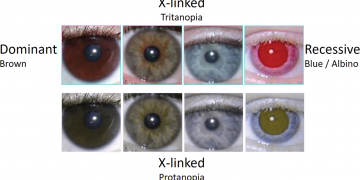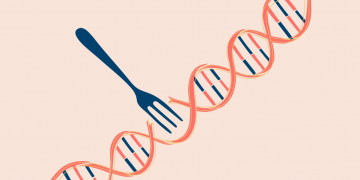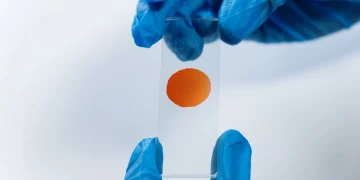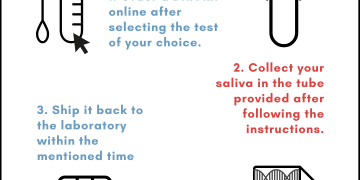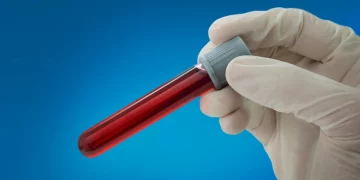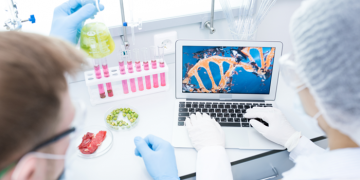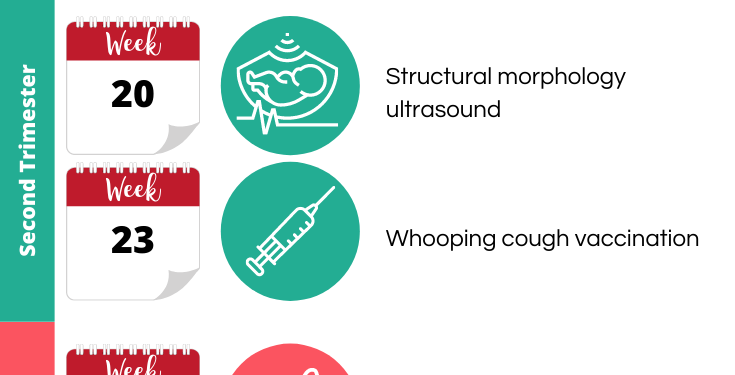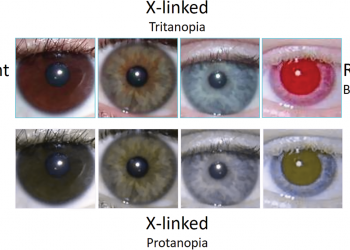Screening tests can be used independently or in conjunction with another DNA test. There are three stages of screening in the first trimester.
- Ultrasound examination of the nuchal translucency of the fetus (NT)
An ultrasound test assesses the region at the back of the fetal neck for excess fluid or thickness using nuchal translucency screening.
- Two maternal serum (blood) tests.
Plasma protein screening during pregnancy (PAPP-A): An increased chance of chromosomal abnormalities is associated with abnormal levels.
Human chorionic gonadotropin (HCG) is secreted by the human ovary (hCG). An increased chance of chromosomal abnormalities is associated with abnormal levels.
When these tests are conducted combined, they have a better chance of detecting if the fetus has a genetic birth abnormality such as Down syndrome (trisomy 21) or trisomy 18. Your healthcare professional may recommend genetic counseling if the findings of these tests are abnormal. You may require further testing. The period from the sixteenth to the eighteenth centuries is perfect. Below is a list of the many markers.
Screening for alpha-fetoprotein (AFP)
During pregnancy, this blood test analyses the alpha-fetoprotein level in your blood. The fetal liver naturally produces the protein AFP. It’s found in the amniotic fluid surrounding the fetus and crosses the placenta into your bloodstream. MSAFP is another name for the AFP blood test (maternal serum AFP). AFP levels that are abnormal can indicate:
- Open neural tube abnormalities (ONTDs), such as spina bifida
- Down syndrome
- Chromosomal abnormalities
- Problems with the fetus’s abdominal wall
- Twins Several fetuses produce the protein.
- An erroneous due date. AFP levels fluctuate throughout pregnancy.
Amniocentesis:
Women at risk for chromosomal disorders between the 15th and 20th weeks of pregnancy are usually offered an amniocentesis. Women who have had an abnormal maternal blood screening test are included in this group. It’s possible that the examination revealed an increased chance of chromosomal abnormalities or neural tube defects.
Fetal Monitoring
A fetal heart rate of 110 to 160 beats per minute is considered normal. It may alter as the fetus reacts to the uterine environment. It might also show the necessity for an emergency or cesarean birth.
Glucose Tolerance Test
The glucose challenge test is the initial 1-hour test. A glucose tolerance test is performed if the findings are abnormal. In weeks 24 to 28, a glucose tolerance test is commonly performed. Glucose levels abnormal during pregnancy might be a symptom of gestational diabetes.
What is the procedure for a glucose tolerance test?
If your 1-hour glucose challenge test is elevated, you’ll need to do a glucose tolerance test. The specifics may differ significantly, but a glucose tolerance test is frequently performed after this procedure: You may be required to drink just water on the test day.
Ultrasound Examination:
During pregnancy, a screening ultrasound may be performed to ensure that the fetal development is normal and that the due date is accurate. Ultrasounds can be performed at any moment throughout pregnancy for various reasons.
Pros and Cons of Ultrasound
Other than slight discomfort, there are no known dangers associated with fetal ultrasonography. This is due to transducer pressure on the abdomen or the vaginal canal. During the operation, no radiation is employed. The ultrasound transducer must be enclosed in a plastic or latex sheath for transvaginal ultrasonography. Women who are allergic to latex may have a response to this.
Fetal ultrasonography is occasionally performed in non-medical settings to provide parents with souvenir photographs or movies. Alternatively, the issue might be overlooked. Ultrasounds must be completed by qualified medical personnel who can accurately interpret the results.
Chorionic Villus Sampling.
CVS stands for chorionic villus sampling and is a paternity test while pregnant. The genetic material in this tissue is frequently identical to that of the fetus. It can be checked for chromosomal issues as well as some genetic problems. The DNA testing laboratory also influences these different outcomes.

